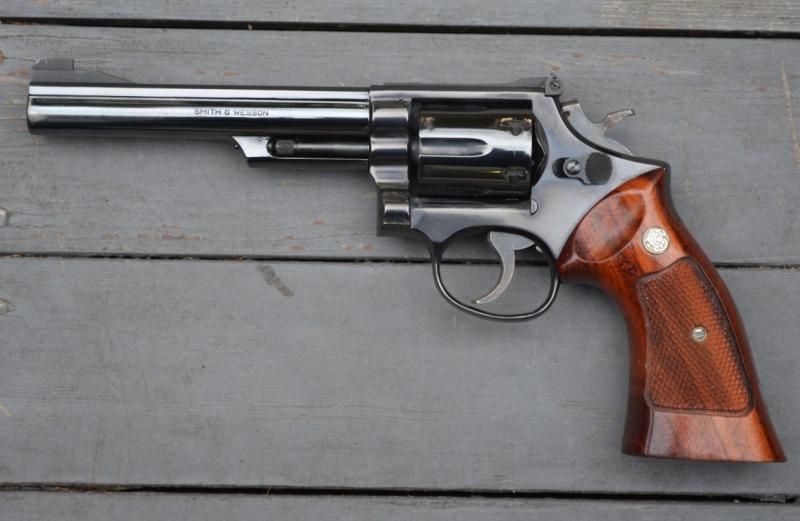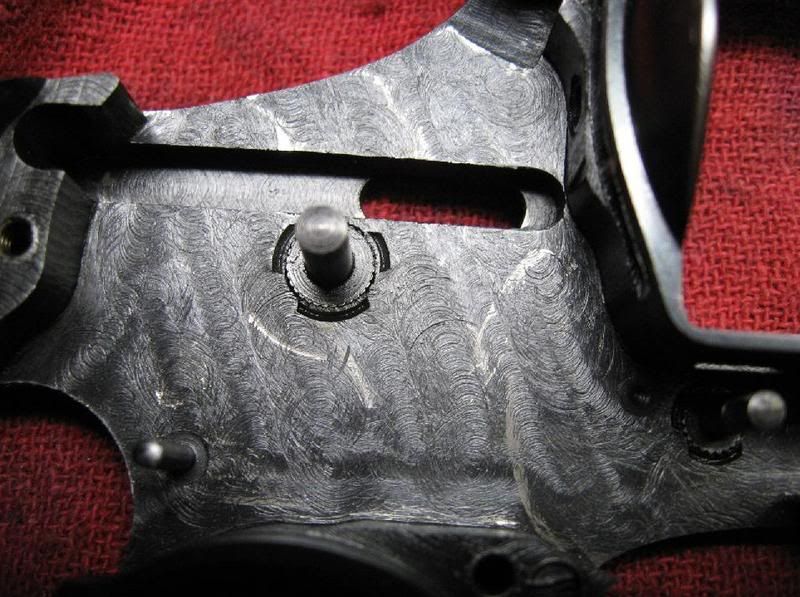If you check a K-38, you will see that the forcing cone is cut away at the bottom the same way as the Model 19, and for the same reason, to provide clearance for the crane. That portion of the forcing cone is obviously weaker than the rest, and weaker than the forcing cones on the N and L frames, which don't need that cutout because they have greater frame height to play with.
There was no problem with guns in .38 Special, but some of the hot loads in .357 put more stress on the forcing cones and some did crack. AFAIK, there was never any idea that the Model 19 was designed for any particular "mix" of .38 and .357, but the general understanding from day one of the Combat Magnum was that it was designed as a moderate weight .357 for daily carry, and not intended for extensive shooting with full power .357 loads. Gunsmiths and dealers consistently told buyers that if they planned to shoot thousands of rounds of full house .357 to buy a Model 27 or 28.
Jim
There was no problem with guns in .38 Special, but some of the hot loads in .357 put more stress on the forcing cones and some did crack. AFAIK, there was never any idea that the Model 19 was designed for any particular "mix" of .38 and .357, but the general understanding from day one of the Combat Magnum was that it was designed as a moderate weight .357 for daily carry, and not intended for extensive shooting with full power .357 loads. Gunsmiths and dealers consistently told buyers that if they planned to shoot thousands of rounds of full house .357 to buy a Model 27 or 28.
Jim



